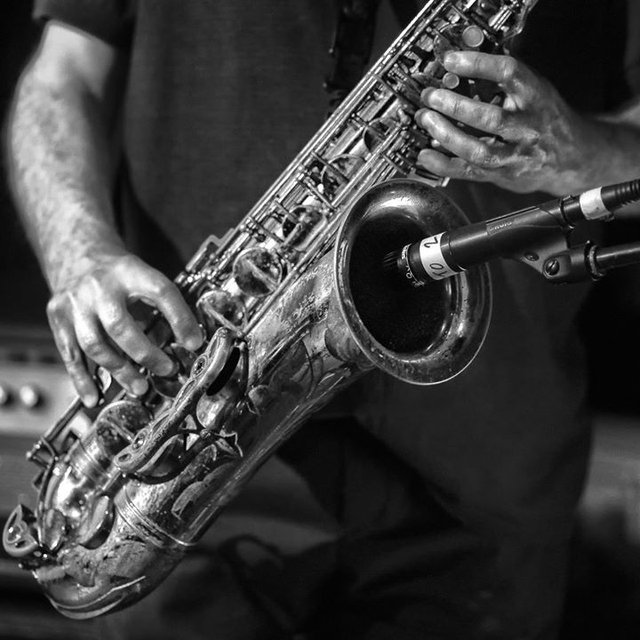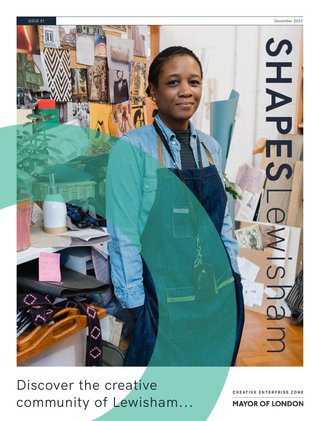Improvisers Inside Electronics
17 Dec 19 — 17 Dec 19
Venue: SET
IMPROVISERS INSIDE ELECTRONICSBar opens at 6:30pm
Doors open at 7:30 and music starts at 8:00pm
Admission just £5:00
John Butcher – Saxophones, Phil Durrant – Electronics/Modular synth, James Malone – Electronics/Modular synth, N.O. Moore – Modularised guitar, Eddie Prévost – Percussion
What is the difference between electronically generated sounds and acoustic/amplified ones? In either case, there are sounds that are unique to each medium. Nevertheless, there are also times when it is difficult to tell the difference between electronic and acoustic sounds. It is tempting to say that, because electronic instruments are more recent, their sounds are newer. But things are not so straight forward, and new approaches remain possible for acoustic and amplified instruments (that is, instruments that depend upon making some physical material vibrate in the first instance of their sound production).
In both cases, the important thing is the affective responses the sounds made elicit: how do they make us feel, how do they intensify our experiences, and how do they shape our memory and expectations of what music is? At the same time, there is also the matter of how sounds interact, how they combine in our perception to produce structure, expression, and stories. This is also not straightforward, because certain sounds suggest certain structures – it is not simply a problem of making sounds fit into pre-existing structures. Arguably, the growing interest of Western audiences in drone music, for example, has been informed, and encouraged, by electronically produced sounds. Of course, sounds are also already structures, and this offers potential for how they might interact to produce more connective, formal compossibilities. Form and structure grow from the sound up, rather than being imposed from the top down.
This ensemble is concerned to explore these questions in a practical manner. The grouping includes acoustic and electronic instruments and, whilst on occasion the difference between them will be clear, on others it will not. It is noticeable that all the musicians involved have investigated both acoustic and electronic media at one point or another, and too that they are also all improvisers. Being prepared to let sounds suggest their own structural combination is a characteristic common to electronic musicians and improvisers alike.
In this regard, the ensemble is committed to the potentiality of sounds and, in putting this commitment into practice, demonstrates a belief in the ongoing potential of human interaction alongside engagement with technology and instruments, and (of course) with sound. Sonorous democracy!
A note on the title: ‘Improvisers inside electronics’. This is derived from David Tudor’s ‘Composers inside electronics’, and is intended as a gesture of both respectful gratitude and friendly disagreement.
Nathan Moore Oct 2019






